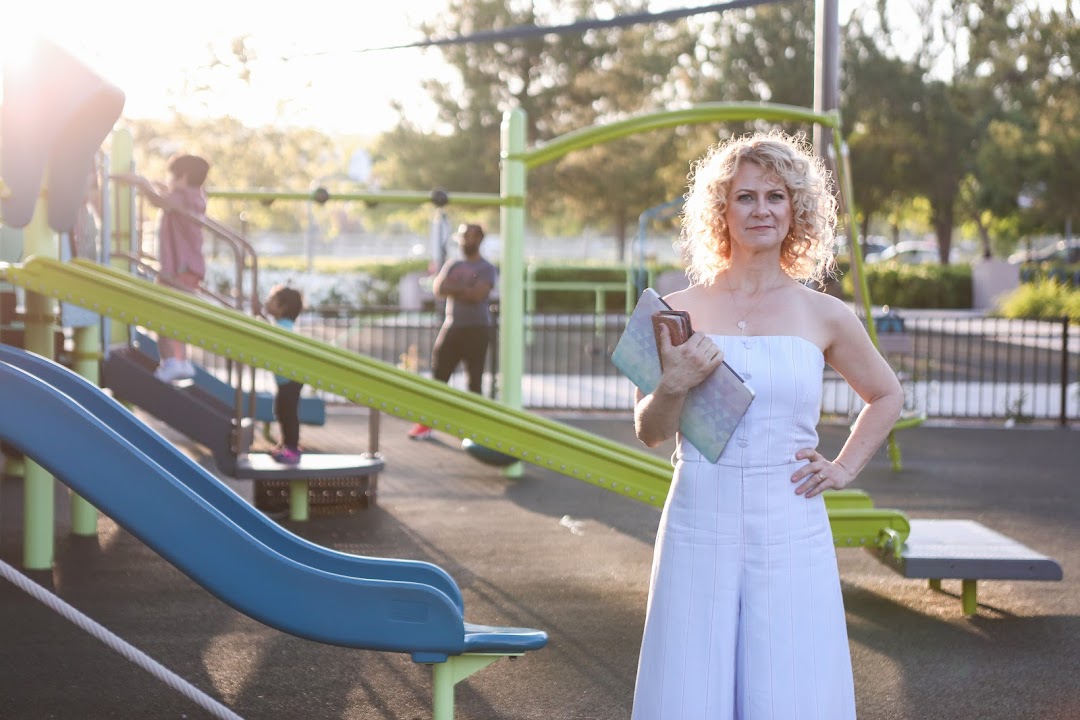Walking again after paralysis
“The first time that I stood up… it was like when you start a run. Now you are a starter for the challenge – the game has begun!”
Michel Roccati was 27 years old when he was paralysed in a motorbike accident in 2017. “An animal crossed the road and made me lose control of my motorbike,” Michel tells This Is MedTech. “I broke my back at different points and at the level T6 I had a complete spinal cord injury,” he continues. The injury left Michel with leg paralysis and reduced stability in his trunk.
Despite the severity of his injuries, Michel knew he would find a solution. Then, at a scientific conference, he heard about a system that used electrical stimulation to reactivate spinal neurons.
“I proposed myself for the research, but my injury was too severe,” Michel explains. So, Michel focused his attention on training to strengthen his trunk and maintain the elasticity of the muscles and the sequence of walking in his brain. But, in 2020, he got the call.
Michel had the opportunity to take part in a study involving a new, more sophisticated spinal implant controlled by artificial intelligence software. The implant was developed to specifically target the areas of the spinal cord involved in leg and lower trunk movement. Furthermore, a series of activity-specific stimulation programs, delivered through a portable tablet, would enable the implant to stimulate the spinal cord in the way the brain would do naturally during each activity, allowing the user to stand and walk using the device soon after implantation.
The first time Michel stood using the implant he was lost for words. “I just saw the mirror in front of me and I think my face spoke for me,” he recalls. Michel went on to take steps on a treadmill with his body weight supported, pedal a motorised bike and use his legs to swim.
After several months of rehabilitation, Michel was able to stand and walk independently using a walker with remote control buttons that connected wirelessly to the tablet delivering the stimulation programs, and even enjoy a drink standing at a bar. Now, he continues to use the technology at his home in Italy.
“I have specific stimulation programs for standing, walking, going up and down stairs, swimming, cycling and using the machines in my gym,” Michel explains. “I use the stimulation in my workplace to stand up and speak in a standing position at the same level as my clients and at home to do things like cooking and showering. More importantly, when I visit my friends – who all live on the first floor or second floor – I can make the stairs! I don’t need help. I just need crutches where I put the button to make the stairs and I can do it alone.”
While the technology is not available outside of clinical trials at present, the developers are working to turn their discoveries into a genuine treatment option available throughout the world. Meanwhile, Michel is focused on improving his walking and his immediate goal of walking 1 km. He also shares his daily experience and training with others on social media. “It is important as the goal is to make this technology available for everyone in the future,” he says.






